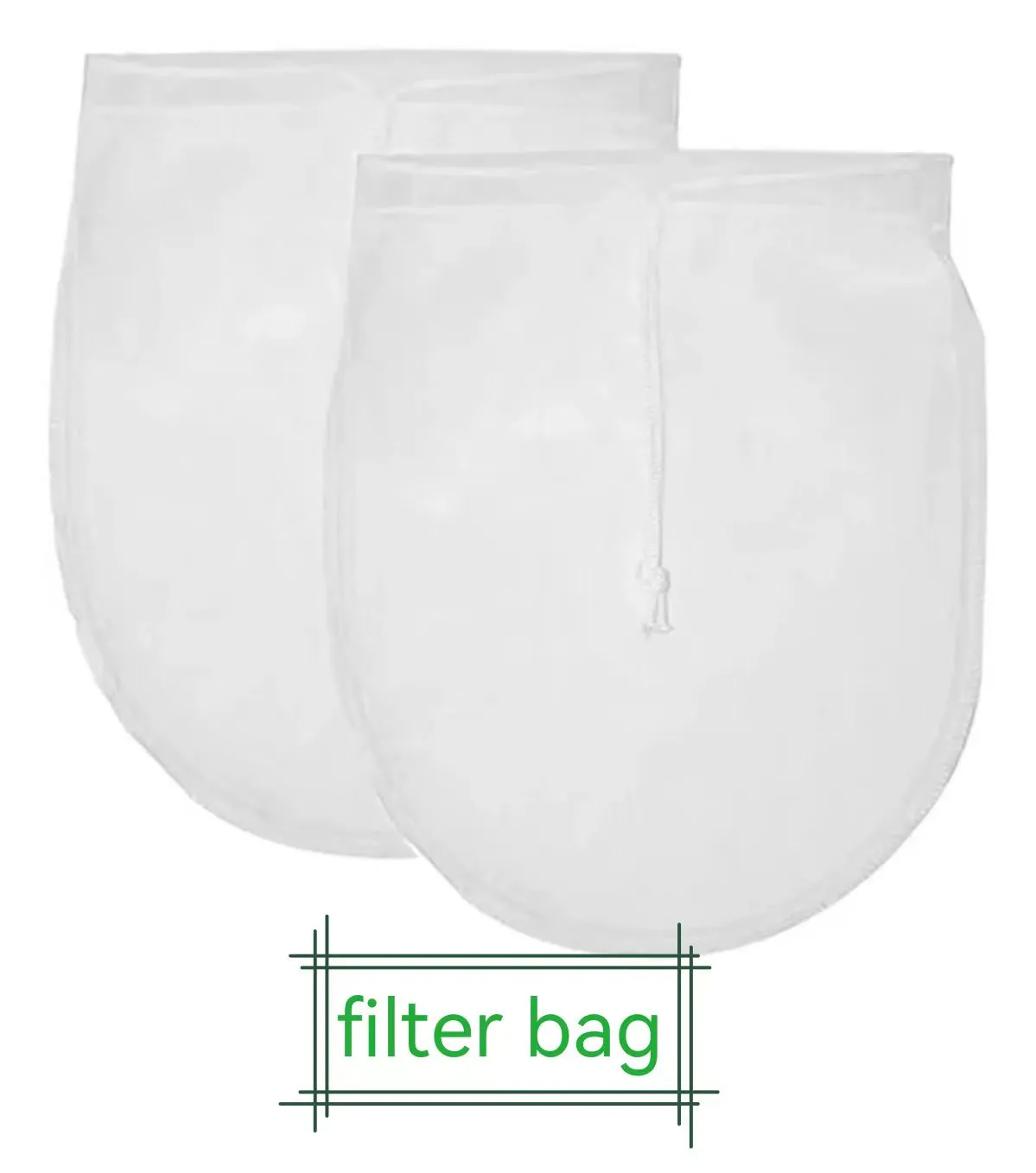-
 Afrikaans
Afrikaans -
 Albanian
Albanian -
 Amharic
Amharic -
 Arabic
Arabic -
 Armenian
Armenian -
 Azerbaijani
Azerbaijani -
 Basque
Basque -
 Belarusian
Belarusian -
 Bengali
Bengali -
 Bosnian
Bosnian -
 Bulgarian
Bulgarian -
 Catalan
Catalan -
 Cebuano
Cebuano -
 China
China -
 Corsican
Corsican -
 Croatian
Croatian -
 Czech
Czech -
 Danish
Danish -
 Dutch
Dutch -
 English
English -
 Esperanto
Esperanto -
 Estonian
Estonian -
 Finnish
Finnish -
 French
French -
 Frisian
Frisian -
 Galician
Galician -
 Georgian
Georgian -
 German
German -
 Greek
Greek -
 Gujarati
Gujarati -
 Haitian Creole
Haitian Creole -
 hausa
hausa -
 hawaiian
hawaiian -
 Hebrew
Hebrew -
 Hindi
Hindi -
 Miao
Miao -
 Hungarian
Hungarian -
 Icelandic
Icelandic -
 igbo
igbo -
 Indonesian
Indonesian -
 irish
irish -
 Italian
Italian -
 Japanese
Japanese -
 Javanese
Javanese -
 Kannada
Kannada -
 kazakh
kazakh -
 Khmer
Khmer -
 Rwandese
Rwandese -
 Korean
Korean -
 Kurdish
Kurdish -
 Kyrgyz
Kyrgyz -
 Lao
Lao -
 Latin
Latin -
 Latvian
Latvian -
 Lithuanian
Lithuanian -
 Luxembourgish
Luxembourgish -
 Macedonian
Macedonian -
 Malgashi
Malgashi -
 Malay
Malay -
 Malayalam
Malayalam -
 Maltese
Maltese -
 Maori
Maori -
 Marathi
Marathi -
 Mongolian
Mongolian -
 Myanmar
Myanmar -
 Nepali
Nepali -
 Norwegian
Norwegian -
 Norwegian
Norwegian -
 Occitan
Occitan -
 Pashto
Pashto -
 Persian
Persian -
 Polish
Polish -
 Portuguese
Portuguese -
 Punjabi
Punjabi -
 Romanian
Romanian -
 Russian
Russian -
 Samoan
Samoan -
 Scottish Gaelic
Scottish Gaelic -
 Serbian
Serbian -
 Sesotho
Sesotho -
 Shona
Shona -
 Sindhi
Sindhi -
 Sinhala
Sinhala -
 Slovak
Slovak -
 Slovenian
Slovenian -
 Somali
Somali -
 Spanish
Spanish -
 Sundanese
Sundanese -
 Swahili
Swahili -
 Swedish
Swedish -
 Tagalog
Tagalog -
 Tajik
Tajik -
 Tamil
Tamil -
 Tatar
Tatar -
 Telugu
Telugu -
 Thai
Thai -
 Turkish
Turkish -
 Turkmen
Turkmen -
 Ukrainian
Ukrainian -
 Urdu
Urdu -
 Uighur
Uighur -
 Uzbek
Uzbek -
 Vietnamese
Vietnamese -
 Welsh
Welsh -
 Bantu
Bantu -
 Yiddish
Yiddish -
 Yoruba
Yoruba -
 Zulu
Zulu
Exploring the Impact of Bug Net Catcher Technology on Pest Management and Sustainable Agriculture
Understanding Bug Net Catcher A Key Tool for Effective Pest Management
In the realm of agriculture and gardening, pest management is a critical aspect that requires effective strategies and tools. One of the innovative solutions that have gained traction is the bug net catcher. This specialized tool offers not only protection for crops but also promotes sustainable practices in pest control.
What is a Bug Net Catcher?
A bug net catcher is essentially a netting system designed to trap pests, thereby protecting plants from unwanted insects that can cause significant damage. These nets are typically made from fine mesh materials that allow air and light to penetrate while preventing pests from accessing the plants. The design is crucial, as it ensures that beneficial insects, such as pollinators, can continue to thrive in the environment while harmful pests are kept at bay.
Benefits of Using a Bug Net Catcher
1. Organic Pest Control One of the primary advantages of using a bug net catcher is its contribution to organic farming practices. By utilizing physical barriers to block pests, farmers can reduce their reliance on chemical pesticides. This not only helps in maintaining soil health but also reduces the risk of toxic residues on crops, leading to healthier produce for consumers.
2. Protection from a Variety of Pests Bug net catchers are effective against a broad spectrum of pests, including aphids, whiteflies, and caterpillars. By creating a barrier, these nets prevent pests from reaching the plants, reducing the likelihood of infestations. The nets can be especially beneficial during critical growth periods when plants are most vulnerable.
3. Environmental Sustainability Using net catchers contributes to sustainable agricultural practices. By minimizing the use of chemicals, farmers can protect the surrounding ecosystem, including non-target species. This is increasingly important in today’s agricultural landscape, where environmental concerns are at the forefront.
4. Cost-Effectiveness While the initial investment in bug net catchers may seem significant, the long-term savings can be substantial. By preventing pest infestations, farmers can avoid costly expenses associated with chemical treatments and the potential loss of crops. Furthermore, the durability of these nets means they can be reused season after season, adding to their cost-effectiveness.
bug net catcher

How to Implement Bug Net Catchers
Implementing bug net catchers in the garden or farm requires careful planning. Here are some steps to consider
- Site Preparation Before installing net catchers, assess the specific areas of your garden or farm that are prone to pest issues. This targeted approach ensures that resources are utilized efficiently.
- Installation Bug net catchers can be set up around the perimeter of crop beds or as mobile structures. Ensure they are securely anchored to prevent pests from sneaking underneath.
- Maintenance Regularly check the nets for damage and remove any trapped pests to maintain an effective barrier. Clean the nets periodically to allow for optimal air and light flow.
- Monitoring Keep an eye on pest populations and plant health. This will help in adjusting the strategy as needed, ensuring that the protections remain effective throughout the growing season.
Conclusion
In conclusion, bug net catchers represent a valuable tool in the ongoing battle against agricultural pests. Their ability to protect plants without relying on harmful chemicals makes them an ideal choice for sustainable farming practices. By incorporating bug net catchers into pest management strategies, farmers and gardeners can not only safeguard their crops but also promote a healthier environment for future generations. As we continue to explore innovative solutions for pest control, tools like the bug net catcher will play an essential role in advancing sustainable agriculture.
-
Shipping Plastic Bags for Every NeedNewsJul.24,2025
-
Safety Netting: Your Shield in ConstructionNewsJul.24,2025
-
Plastic Mesh Netting for Everyday UseNewsJul.24,2025
-
Nylon Netting for Every UseNewsJul.24,2025
-
Mesh Breeder Box for Fish TanksNewsJul.24,2025
-
Expanded Steel Mesh Offers Durable VersatilityNewsJul.24,2025











